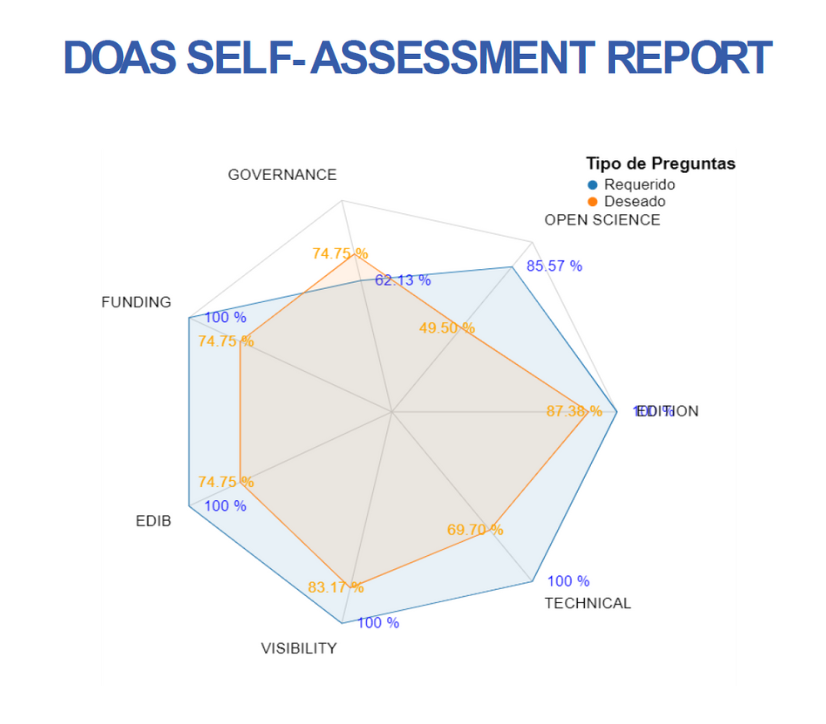DOI
10.22550/2174-0909.3923
Abstract
Recent attention to character formation as the key to moral education has also regarded personal and fictional role models as appropriate means to this end. Moreover, while one may have grave reservations about the influence of personal role-models (perhaps upon the young by those they happen to admire), serious fiction has often been considered an inspirational source of moral example. Still, while this paper ultimately mounts a defence of the moral educational potential of literature, it is also concerned to press two significant reservations about any and all attention to fictional character as a means to such education. First, since the ultimate meaning of any fictional character and conduct is largely, if not exclusively, confined to their narrative contexts, we should not suppose them to have any direct role-modelling application to the affairs of human life beyond such contexts. Second, and more significantly, since morality is also ultimately more than and/or not entirely reducible to the contingencies of human character, attention to either fictional or real-life character must anyway fall somewhat short of full moral education.
Referencias | References
Anscombe, G. E. M. (1958). Modern moral philosophy. Philosophy, 33 (124), 1-19. http://www.jstor.org/stable/3749051
Aristóteles. (1941a). De Poetica. In R. McKeon (Ed.), The basic works of Aristotle (pp. 1455-1487). Random House.
Aristóteles. (1941b). The Nicomachean ethics. In R. McKeon (Ed.), The basic works of Aristotle (pp. 927-1112). Random House.
Best, D. (1982). The aesthetic and the artistic. Philosophy, 57 (221), 357-372. 10.1017/S0031819100050968
Carr, D. (1999). Art, practical knowledge and aesthetic objectivity. Ratio, 12 (3), 240-256. 10.1111/1467-9329.00090
Carr, D. (2007). Character in teaching British Journal of Educational Studies, 55 (4), 369-389. 10.1111/j.1467-8527.2007.00386.x
Carr, D. (2017). Literature, rival conceptions of virtue and moral education. Journal of Aesthetic Education, 51 (2), 1-16. https:// doi.org/10.5406/jaesteduc.51.2.0001
Carr, D. (2023a). The hazards of role-modelling for the education of moral and/or virtuous character. Philosophical Inquiry in Education, 30 (1), 68-79. https://journals.sfu.ca/pie/index.php/ pie/article/view/1529
Carr, D. (2023b). Love, knowledge and freedom in Pleasantville, religious scripture and wider western literature. Religion and the Arts, 27 (3), 345-366. 10.1163/15685292-02703002
Carroll, N. (1986). Art and interaction. Journal of Aesthetics and Art Criticism, 45 (1), 57-68. 10.2307/430466
Carroll, N. (1996). Moderate moralism. British Journal of Aesthetics, 36 (3), 223-37. 10.1093/bjaesthetics/36.3.223
Carroll, N. (1998). Moderate moralism versus moderate autonomism. British Journal of Aesthetics, 38 (4), 419-24. https://doi.org/10.1093/bjaesthetics/38.4.419
Durkheim, E. (1973). Moral education. Free Press of Glencoe.
Frye, N. (1974). The stubborn structure: Essays on criticism and society. Methuen.
Gaut, B. (1998). The ethical criticism of art. In J. Levison (Ed.), Aesthetics and ethics: Essays on the intersection (pp. 182-203). Cambridge University Press.
Geach, P. T. (1977). The virtues. Cambridge University Press.
Hepburn, R. (1984). Contemporary aesthetics and the neglect of natural beauty. In Wonder and other essays: Eight studies in aesthetics and neighbouring fields. Edinburgh University Press. Kohlberg, L. (1984). Essays on moral development: Volume 1. Harper Row.
Lamarque, P. (1996). Fictional points of view. Clarendon Press.
Lamarque, P., & Olsen, S. H. (1990). Truth, fiction and literature: A philosophical perspective. Clarendon Press.
Lickona, T. (2004). Character matters. Touchstone.
McFee, G. (2005). The artistic and the aesthetic. British Journal of Aesthetics, 45 (4), 368-387. 10.1093/aesthj/ayi049
MacIntyre, A. C. (1981). After virtue. Notre Dame Press.
Meyer, M. (Ed.). (1998). The secret book of John. In The secret gospels of Jesus (pp. 129-183). Harper San Francisco.
Milton, J. (2005). Paradise lost Arcturus Publications.
Murdoch, I. (1970). The sovereignty of the good. Routledge and Kegan Paul.
Murdoch, I. (1993). Metaphysics as a guide to morals. Penguin Books. Murdoch, I. (1997). The sublime and the beautiful revisited. In I. Murdoch (Ed.), Existentialists and mystics: Writings on philosophy and literature (pp. 261-286). Chatto and Windus.
Nietzsche, F. (2012). Daybreak: Thoughts on the prejudices of morality (M. Clark & B. Leiter, Eds.). Cambridge University Press.
Piaget, J. (1932). The moral judgement of the child. Free Press. Ryan, K., & Bohlin, K. E. (2003). Building character in schools: Practical ways to bring moral instruction to life. Jossey Bass. Stecker, R. (2005). The interaction of ethical and aesthetic value. British Journal of Aesthetics, 45 (2), 138-150. https://doi.org/10.1093/aesthj/ayi016
Swanton. C. (2003). Virtue ethics: A pluralistic view. Oxford University Press.
Szutta, N. (2019). Exemplarist moral theory - some pros and cons. Journal of Moral Education, 48 (3), 280-290. 10.1080/03057240.2019.1589435
Zabzebski, L. (2010). Exemplarist virtue theory. Metaphilosophy, 41 (1-2), 41-57.
Zabzebski, L. (2013). Moral exemplars in theory and practice. Theory and Research in Education, 11 (2), 192-306. https://doi.org/10.1177/1477878513485177
Citación recomendada | Recommended citation
Carr, D.
(2024)
.
Satan’s virtues: On the moral educational prospects of fictional character.
Revista Española de Pedagogía, 82(287).
https://doi.org/10.22550/2174-0909.3923
Licencia Creative Commons | Creative Commons License
Esta obra está bajo una licencia internacional Creative Commons Atribución-NoComercial 4.0.
This work is licensed under a Creative Commons Attribution-NonCommercial 4.0 International License
Included in
Palabras clave | Keywords
literature, fiction, character, virtue, moral education







